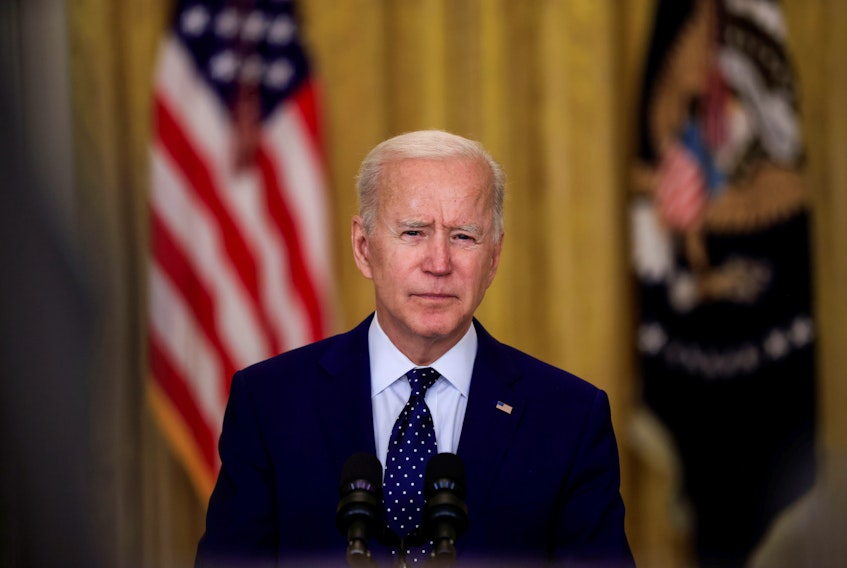By Henry Srebrnik, [Moncton, NB] Times & Transcript
While India is a multiparty democracy, the government led by Prime Minister Narendra Modi and his Hindu nationalist Bharatiya Janata Party (BJP) has presided over discriminatory policies and increased violence affecting the Muslim population.
The constitution guarantees civil liberties including freedom of expression and freedom of religion, but harassment of journalists, nongovernmental organizations (NGOs), and other government critics has increased significantly. Muslims, scheduled castes (Dalits), and scheduled tribes (Adivasis) remain economically and socially marginalized.
In February 2020, more than 50 people, mostly Muslims, were killed amid communal and protest-related violence in Delhi that followed weeks of demonstrations against alleged discriminatory changes to the country’s citizenship law.
Seven months later, several BJP leaders who were accused of orchestrating the 1992 demolition of the historic Babri mosque in in the northern Indian town of Ayodhya were acquitted by a special court. Modi had signaled his support for the construction of a Hindu temple on the site.
A 2021 report published by the Varieties of Democracy Institute, based at the University of Gothenburg in Sweden, has stated that India no longer qualifies as an “Electoral Democracy,” relegating it to the ranks of “Electoral Autocracies.”
The pro-democracy Freedom House, in its 2021 Freedom in the World rankings, also downgraded the country’s status, from “Free” to “Partly Free,” on account of its weakening protection of civil liberties.
India’s West Bengal state has emerged as a key battleground for Modi’s BJP, which is looking to extend its national domination. To win power in the state, where a month-long election began on March 27, it seeks to defeat the regional All India Trinamool Congress (TMC) party, in power since 2011.
The left-of-centre TMC is headed by Mamata Banerjee, the first female chief minister of the state. It currently holds 200 seats in the 294-seat legislature, while the BJP, under Sayantan Basu has 35. Polls predict a very close result.
Nationally, the BJP controls a dozen of the country’s 28 states, with alliance partners in several others. But it has never won power in West Bengal, whose 90 million people make it India’s fourth most populous state.
To galvanize Hindu support, the party is promising to deport hundreds of thousands of Bangladeshi Muslims who fled decades ago to West Bengal.
All this reflects the replacement by Hindu nationalists of the more cosmopolitan, westernized political elite that brought India to independence under the Congress Party banner in 1947. The newer leadership is more parochial, insular and rooted in the subcontinent. Their ideology, known as Hindutva, considers India a Hindu state, first and foremost.
Jawaharlal Nehru, the country’s first prime minister, studied at Cambridge, while his daughter, Indira Gandhi, attended Oxford. His great-grandson, Rahul Gandhi, whose mother is Italian, studied at Harvard University and Trinity College in the United States. But Rahul led the Congress Party to electoral defeat in the 2019 Indian general election, winning just 52 seats to the BJP’s 303.
Modi, by contrast, sports a degree from the University of Delhi. He came up the ranks in the right-wing Hindu nationalist Rashtriya Swayamsevak Sangh organization. He was chief minister of Gujarat during the 2002 communal riots in which over 1,000 people, mostly Muslims, died.
While the post-colonial leadership took their seats at the United Nations, their populace at home was nothing like them. At independence, less than 20 per cent were literate; only four years earlier, millions in Bengal had died in a famine. The overwhelming majority married, and still do, within their caste.
The English-speaking intelligentsia of India, which produces novelists such as Salman Rushdie and Arundhati Roy, is the face of India best known in the rest of the world, but it is no longer the dominant India. The cultural monopoly of the secular left is a distant memory.
Roy told Nieman Reports on Feb. 26 that India is not a democracy, “because every institution that is meant to work as a check against unaccountable power is seriously compromised.”
Rushdie, who is Muslim, in an essay published in the Guardian of London April 3, reflected on the Mumbai of his childhood and his despair at the sectarianism he sees today. The country, he writes, has entered a “darker phase” and, “right now, in India, it’s midnight again.”

